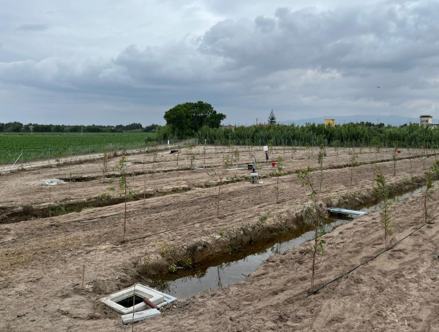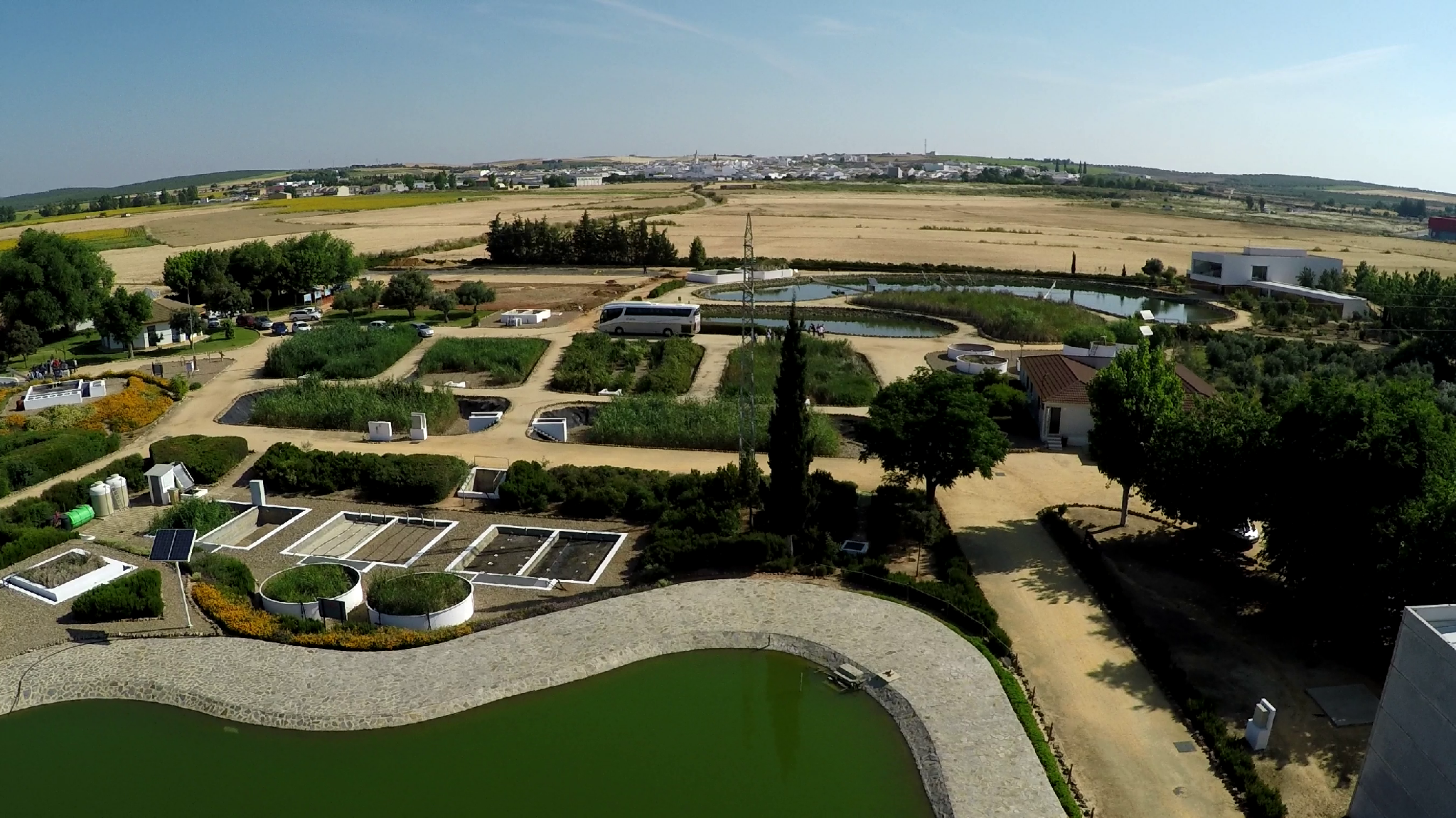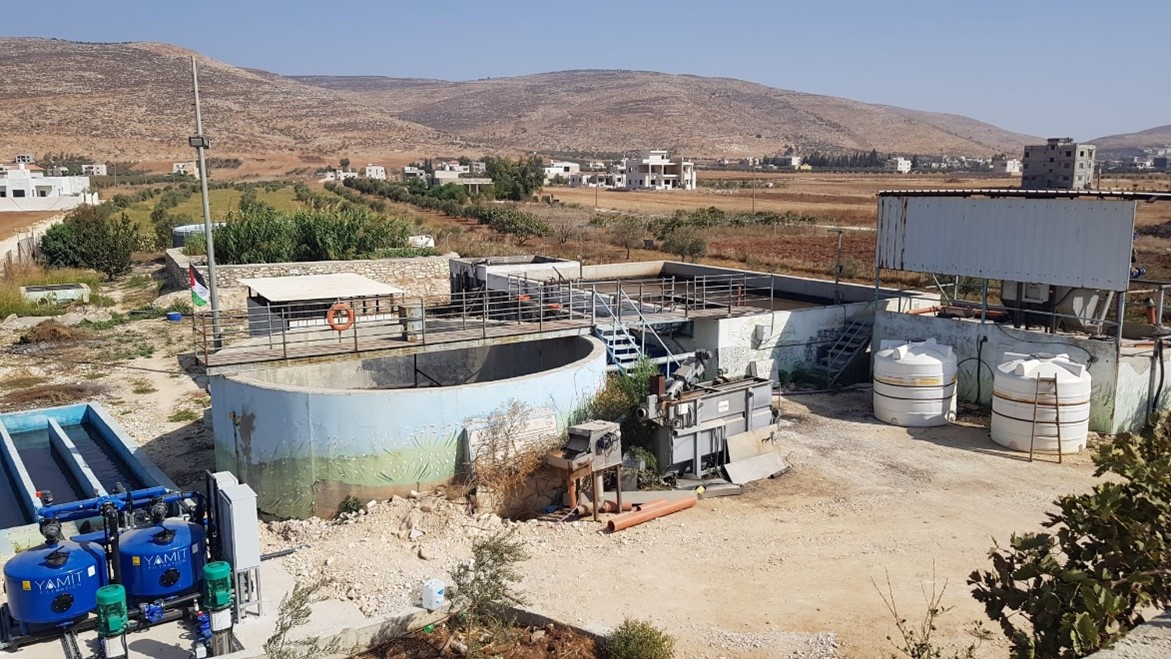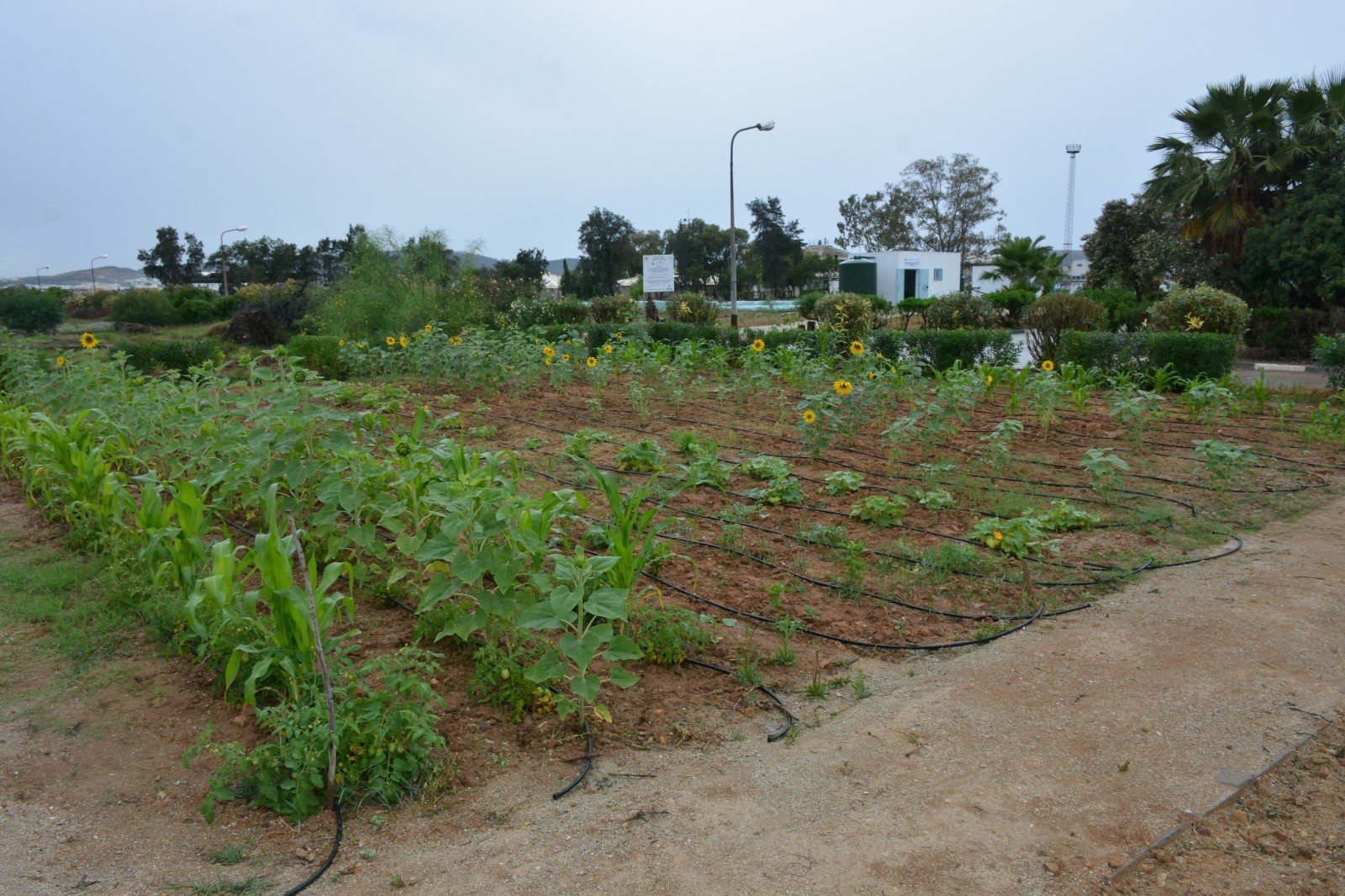
"The history of Arborea is that of its water, like in no other regional territory: that water that was a curse (swamps, malaria), epic (reclamation), then development (agriculture and animal husbandry) and environmental sustainability indicator (groundwater, lagoons, fishing, sea) ". Arborea is one of the most productive agricultural sites in Italy. Since 2005, it has been recognized as a Nitrate Vulnerable Zone.

The experimental Center of CENTA Foundation is a living Lab for the co-creation, experimentation and evaluation of
innovative products in the water, wastewater treatment and circular economy
sector. A user-centered, open-innovation ecosystem, often operating in a
territorial context, integrating concurrent research and innovation processes as well as involving the quadruple helix.

Beit Dajan is a
Palestinian village in the Nablus Governorate, whose economic vocation is typically agricultural, with crops such as citrus, almonds and olives in addition to livestock. It is an area suffering in terms of water availability for agriculture, and lack of technologies and infrastructures.
In Jordan, the per capita share from renewable water resources is less than 100 (m3/capita/year), which makes Jordan the second water-poorest country in the world (MWI, 2018). In Ar-Ramtha, the most dominant irrigation system when using Treated Waste Water (TWW) is surface irrigation (more than 90%) while drip irrigation is used for the remaining 10%. These two techniques are the only ones allowed in Jordan for TWW.

In Sidi Amour, the agricultural activity is based mainly
on field crops, in particular cereal crops and winter fodder carried out under rainfed conditions. The practice of irrigated
agriculture is based on summer fodder in an area where thare aren't infrastructures to use
surface water. So, farmers have to rely on TWW. The main constraint of agricultural development in the
irrigated scheme of Sidi Amour remains the poor quality of the TWW, addressed by the MENAWARA project.

In Choutrana, there are no conventional water resources both surface and groundwater. The Waste Water Treatment Plant is used to treat urban effluent and Treated Wastewater is mainly used to irrigate public parks. Choutrana II has become a representative learning site for demonstrations and scientific research targeting researchers, farmers, NGOs etc.
